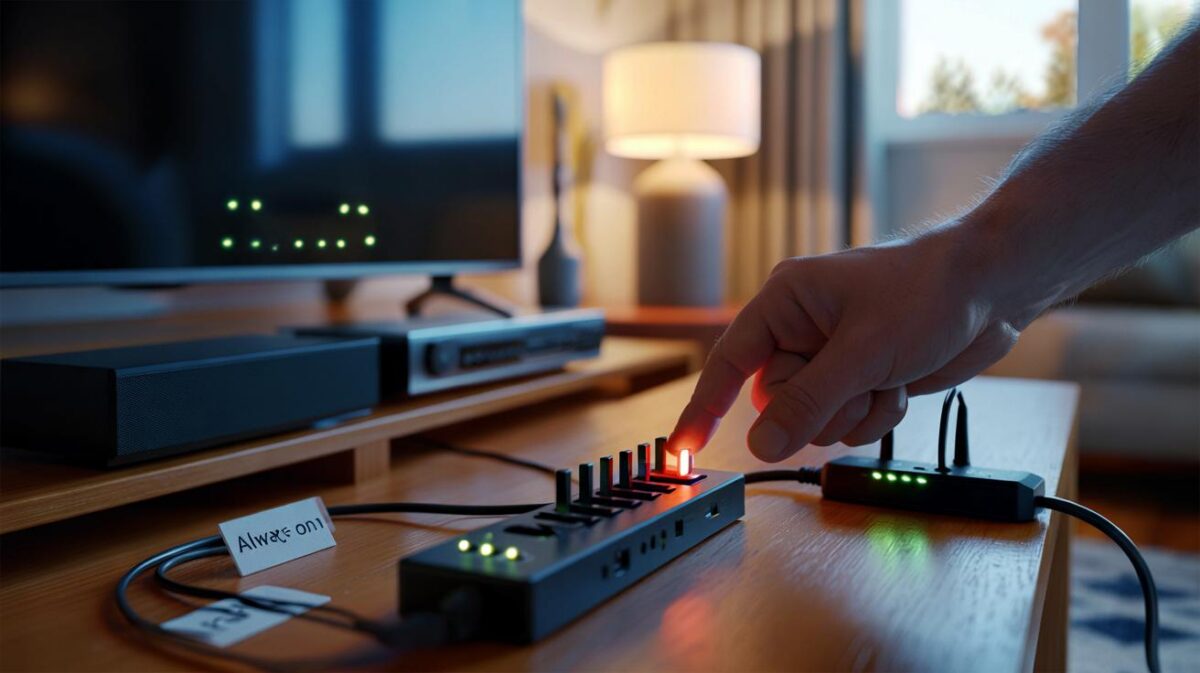A new kind of gym video is roaring through TikTok — part fitness, part circus, all spectacle. The algorithm loves it. Your feed learns you’re the person who watches a second longer when someone balances a barbell on a wobbling surface, or jumps from a treadmill onto a plyo box, or flips into a handstand with a plate strapped to their back. The more you pause, the more the app serves it up. It’s sticky, thrilling, and — whisper it — very risky. The trend even carries a quiet warning in its captions: “do not try.” People try anyway.
12pm, a central London gym. A teenager props his phone against a foam roller, checks the frame, and steps onto a bosu ball with a barbell racked high. A friend hovers, smiling that nervous smile people wear when they’re sure nothing will go wrong.
He’s shaking already. The plates rattle. Three strangers watch from the cable machine like theatre-goers leaning forward before the plot twist. I could feel the room holding its breath. The kid nails one squat, grins, then goes for another. That’s when the bosu burps air and slides.
The clip hits 400k views by closing time. The caption says this was “for core stability.” The top comment: “bro just leveled up.” It’s easy to watch. Harder to forget. And the next video looks even wilder.
When workouts turn into stunts
TikTok rewards what stops the thumb. Quiet, boring form doesn’t. So the gym morphs into a stage where balance tricks, overloaded machines, and improvised apparatuses compete for attention. The more precarious it looks, the more people watch — and the platform learns fast.
It’s not just teenagers. Office workers on lunch breaks are trying Jefferson curls with maximal loads, sissy-squat “PRs” with plates behind the head, or sprinting backwards on a high-speed treadmill because a creator said it unlocks quads. One misstep and you’re the main character in a fail compilation.
There’s a physics problem at play. Add heavy load to an unstable surface and you multiply small wobbles into big forces at the ankle, knee, and spine. Strong lifters compensate because they’ve built years of control. Newer lifters copy the look, not the layers of skill underneath. That gap is where injuries happen.
How to break the spell — and train smarter
Use a simple safety filter before any “trend move”: consequence, control, cost. What’s the worst-case outcome if you miss? Do you currently own the position under fatigue? What do you give up if you get it wrong for six weeks? If consequence is high, control is low, and cost is real, skip it. Keep your body off the algorithm’s altar.
Common mistake: swapping progression for novelty. You don’t need a barbell on a wobble board to train stabilisers; you need time under tension in stable patterns, then small, planned perturbations. We’ve all had that moment where a flashy drill feels like cheating the grind. It isn’t. Let’s be honest: nobody really does this every day.
There’s also social gravity. Your mate hits a viral push-up variation, and it pulls you into a challenge you didn’t choose. Step back and change the metric. Train for tomorrow’s session, not today’s clip. Stunt workouts burn bright and short; good training is boring in the best way. Your future self will thank you, quietly.
“If a move looks like a circus act, the spotter is your entire healthcare system,” says a seasoned coach I know. “Fun to watch. Brutal to fix.”
- Swap unstable-load lifts for stable single-leg work with light dumbbells.
- Keep sprint work on flat ground before touching a treadmill’s top speed.
- Progress with range, tempo, and pause — not chaos.
- Film your form for learning, not likes. Post later, or not at all.
- End every set with one perfect rep in the tank.
Why the algorithm loves danger — and what that says about us
Risk is entertaining because the stakes are visible. A barbell rolling off a bench is Chekhov’s gun. Your brain flags it, your thumb stops, and TikTok takes notes. It’s not evil, exactly; it’s math. What we replay is what we’re shown.
There’s also identity. The gym is one of the few public stages left where anyone can declare a version of “I can.” The line between training and performance blurs, and it feels good to show bravery. But bravery without skill is just roulette with tendons.
Maybe the fix starts off-camera. Train with a plan, celebrate quiet wins, and let the algorithm feast somewhere else. Keep your workouts boring enough to work. Save your drama for great technique under a sane load. That’s the kind of “PR” that still matters next year.
What you can do right now
Adopt a three-question micro-check before any fancy variation: Where do I fail? What hits the floor? Can I replicate it for 8 clean reps next week? If you can’t answer all three without squinting, swap it for a safer cousin. The gains you keep are the only gains that count.
Build guardrails into your week. Pick two movements to progress for eight weeks. Track only weight, reps, and how it felt at rep eight. If a trend shows up on your feed, test the idea in a simple drill first — not the viral version. No need to declare yourself pro- or anti-anything; you’re just pro-consistency.
Anchor your training with a 70/20/10 split: 70% proven basics, 20% smart variations, 10% playful experiments you can drop at any time. Algorithmic adrenaline is a lousy coach. Your calendar is better. If you’re itching for a kick, add tempo or pauses to the basics. The sweat is real, the risk is not.
“Your body doesn’t care if it looked cool,” says a physio who sees the aftermath. “It cares if tissues got a clear signal to adapt.”
- “do not try” isn’t a dare — it’s a filter. Scroll on.
- Stability first, load second, novelty last.
- Use spotters and safeties for anything you couldn’t bail from half-asleep.
- If your gut says “this might go viral,” it might also go sideways.
- A small, boring win beats a big, dramatic setback.
What this says about the way we train — and share
We’ve built gyms where mirrors face cameras, and it changes how we move. The platform has turned workouts into micro-performances, and that tug is real. TikTok isn’t the villain; it’s a microphone for our appetite for risk and approval.
Zoom out and the cure looks almost old-fashioned. Trust the exercises that don’t trend. Keep the fun fringe small and the meat of your session stable. Think like a gardener, not a gambler. You’re growing something slow and durable that won’t fit neatly into a fifteen-second clip.
Maybe that’s the story worth telling: the lift nobody noticed, repeated for months, that quietly rebuilt your knee, your back, your head. The algorithm can’t scream about that. Your life can.
| Point clé | Détail | Intérêt pour le lecteur |
|---|---|---|
| Spot the stunt | If failure ends with you or the bar crashing, it’s performance, not training | Quick mental model to avoid high-consequence drills |
| Progression beats novelty | Use range, tempo, and pauses before adding chaos or load | Safer gains that actually stick |
| Keep a 70/20/10 mix | 70% basics, 20% smart variations, 10% playful experiments | A simple template you can follow without overthinking |
FAQ :
- What exactly is the dangerous trend TikTok keeps pushing?High-load “stunt” exercises on unstable setups — think heavy squats on wobble devices, max sprints on cranked treadmills, or circus-style push-ups with plates — packaged as hacks for balance or core.
- Isn’t instability good for stabiliser muscles?Yes, in small, controlled doses with light loads. Combining heavy weight with instability multiplies forces and risk, especially for newer lifters.
- How do I know if a move is worth trying?Run the consequence–control–cost check. If the worst-case is bad, your control is shaky, or the cost of being wrong is high, skip it.
- What should I do instead of viral balance tricks?Single-leg work on stable ground, tempo squats, paused presses, farmer’s carries, and controlled range progressions. Quiet, effective, repeatable.
- Is filming myself part of the problem?Filming can help technique. The trap is chasing views. Record to learn; post, if you like, without letting the clip dictate the lift.








